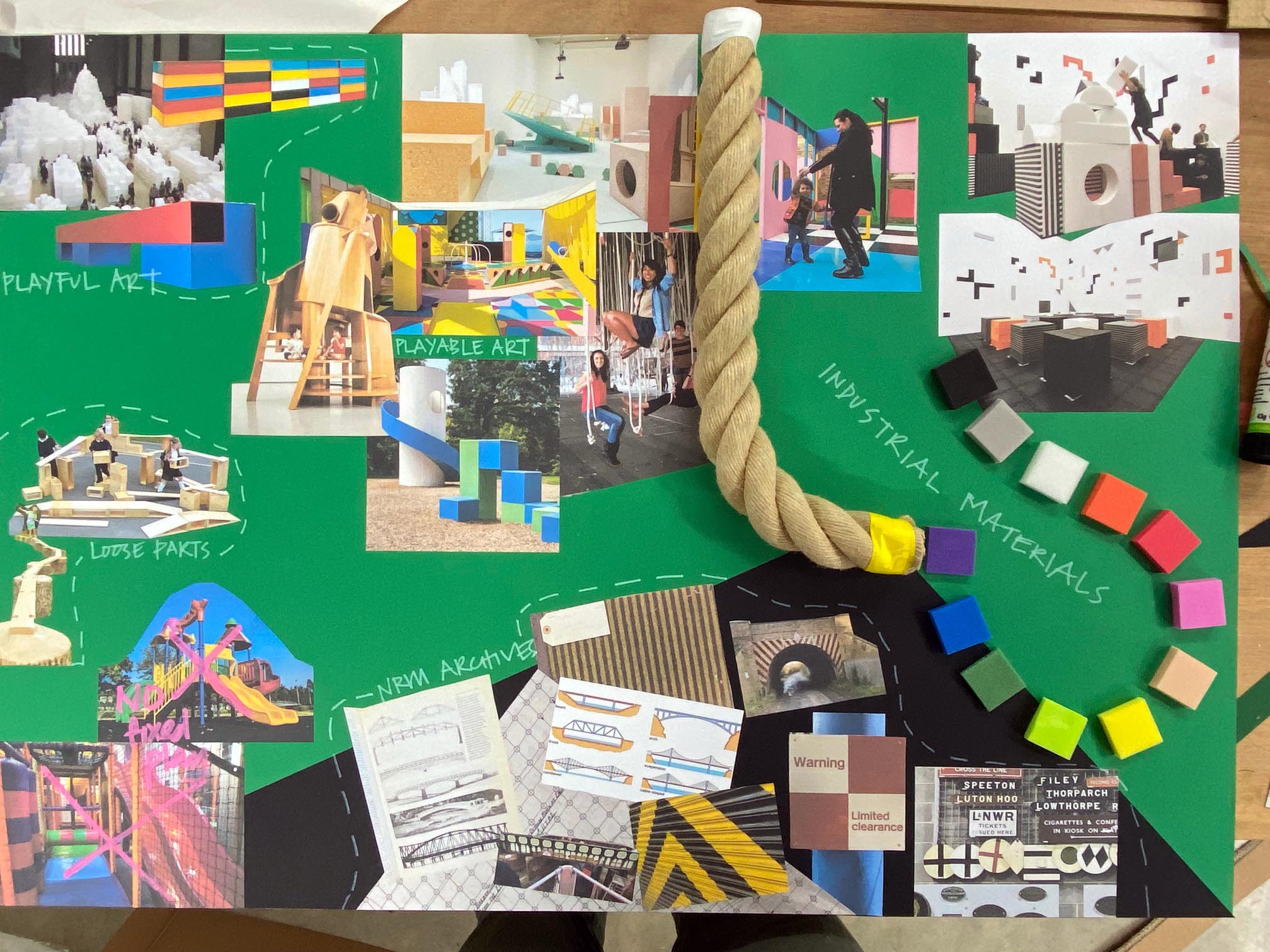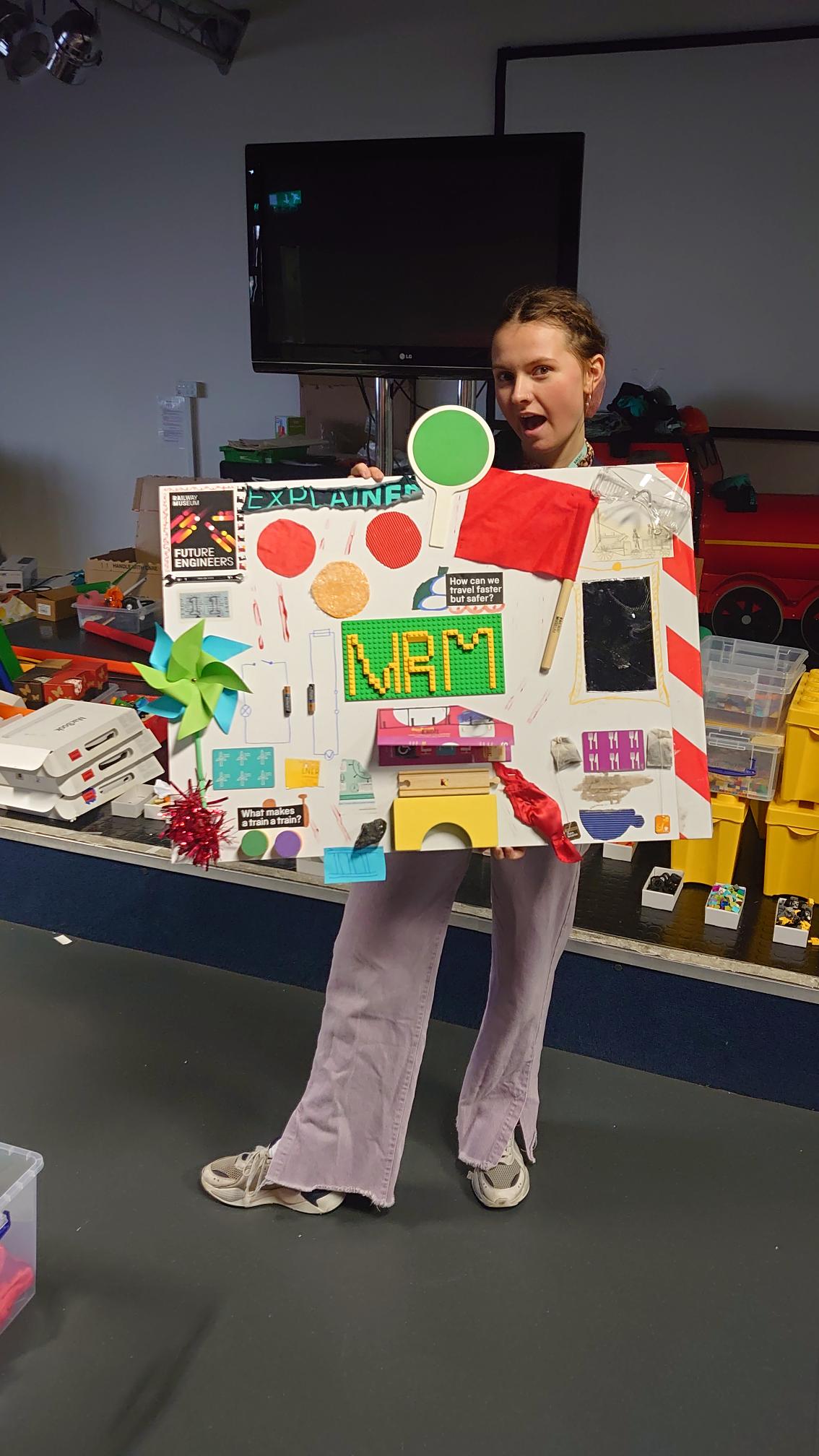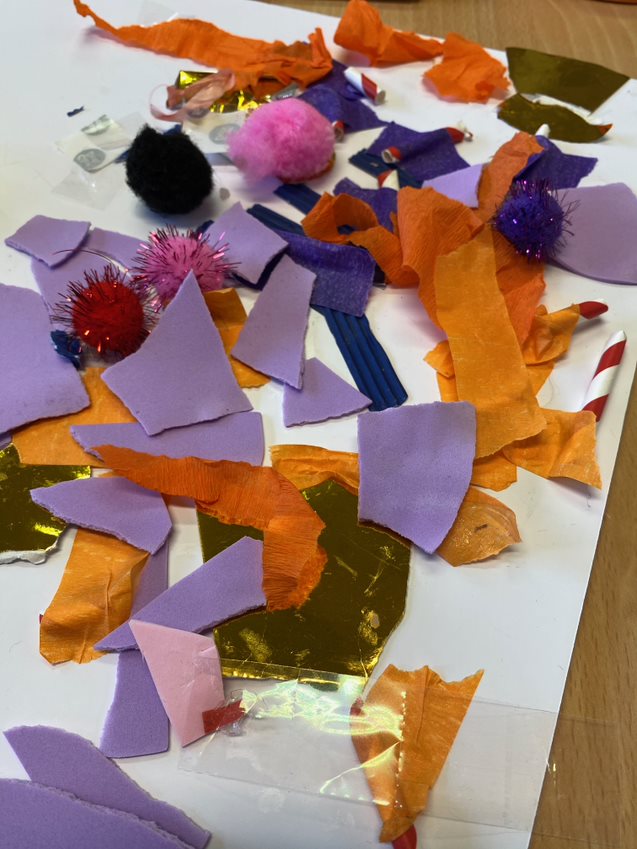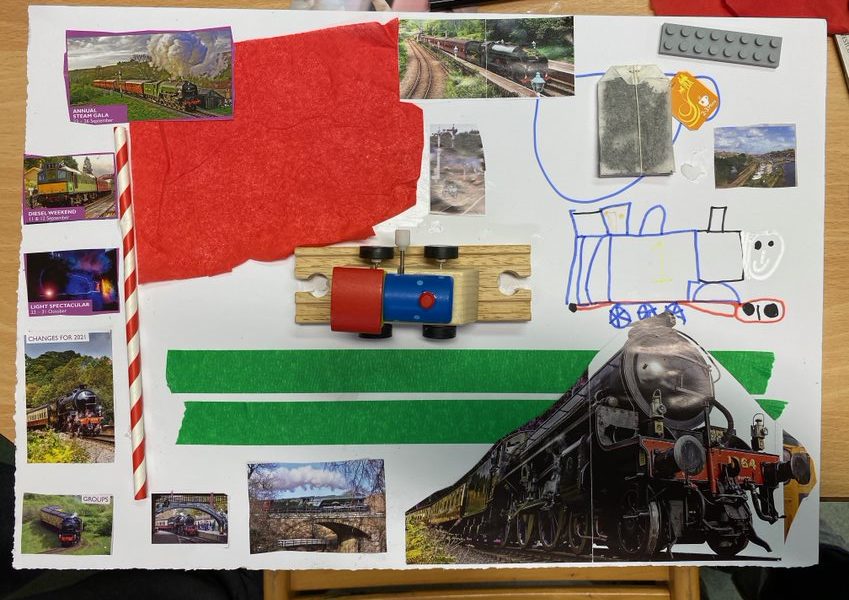At the National Railway Museum (NRM), we are in the midst of creating our new Wonderlab gallery; an interactive engineering playground that will be a place of curiosity and wonder. Much like the Wonderlab galleries at Science Museum and National Science and Media Museum, Wonderlab will be a hands-on environment where visitors get to experience scientific phenomenon first hand, through engaging with exhibits and live shows. At NRM, our visitors will think and act like engineers, playing with 18 interactive exhibits which will range in size, scale, and learning experience.
One of our biggest exhibits in development is Play Revolution, a commissioned interactive art installation by that will give visitors the freedom to creatively build BIG structures and feel the effects of the forces on their bodies through play. Due to the physically demanding nature of the exhibit, some visitors with learning or access needs might find it intimidating and inaccessible. We want to make sure Wonderlab and Play Revolution is inclusive, as we are striving to make our gallery, as well as all museums experiences at SMG, Open for All. To achieve this on the Wonderlab project we have been running community participation sessions to help develop the exhibit.

HOW DID OUR COMMUNITY SESSIONS ENGAGE WITH THE PARTICIPANTS AND THEIR SENSES?
We worked with local York charity The Snappy Trust, and created creative sessions to explore accessible spaces and the idea of physical engagement with Pippa’s proposed work. The Snappy Trust work with children and young adults with a wide range of disabilities. We went to the charity and started conversations with participants about places they like to go and what makes those spaces enjoyable.
We did this through creating Sensescapes. A Sensescape is a 4D moodboard that combines images, sounds, surfaces, and smells to transport you to an environment. The participants of the Snappy Trust used everything from leaflets, card, foam, silk, tape, tea, coffee, musical instruments, glitter, biscuits, lego, mirrors and more. These Sensescapes captured the essence of our participant’s favourite places and helped us understand how they engage with these spaces.

WHY ARE ENGAGING WITH THE SENSES IMPORTANT?
We experience the world through a combination of our 5 senses. How we connect to an environment, how we interact with other people, and how we decide our actions is defined by our senses. They’re essential for enjoyment and are closely connected with emotions and memories.
By working with all the senses, we can connect with each other on a deeper level, and open up engagement for those who do not experience the world in a predominantly visual way. In the workshop, a visually impaired participant created a Sensescape of their favourite place, Disneyland, through different materials that felt exciting, pretty, and fun. We had participants use tea bags so that we could be transported to a café. Participants who love the NRM merged photos of trains with pieces of wooden tracks and LEGO to take us to the fun world of our museum.

Our workshops allowed participants to explore the world in their way, and by doing so helped us engage with their life experience. The workshops encouraged our communities to feel confident when expressing their likes and dislikes, and their participation is integral to creating an accessible Wonderlab. This project has helped raise science capital in communities who might feel that interactive galleries are not made with them in mind, making sure our community can see themselves reflected in the new spaces at the National Railway Museum.
WHAT IS THE FUTURE OF SENSORY ENGAGMENT AS WE DEVELOP WONDERLAB?
The community workshops highlighted that our senses have a large impact on how we feel and how we relate to spaces, and the sessions are going to help Pippa Hale make Play Revolution a more inclusive interactive exhibit.
The engagement sessions were also important in demonstrating how you can be ‘transported’ to a place through stimulating the senses. By harnessing images, noises, materials and smells we can successfully capture an environment, and we want to explore doing this for Wonderlab too. Our new interactive gallery is going to have lots of different sights, sounds and surfaces, so over the next year we are going to develop our own Wonderlab Sensescape that can be used to introduce people to the space before opening. Developing sensory pre-engagement resources can be a great way to engage with our communities and offer an introduction to a new environment that could be vital to their comfortability and enjoyment.
